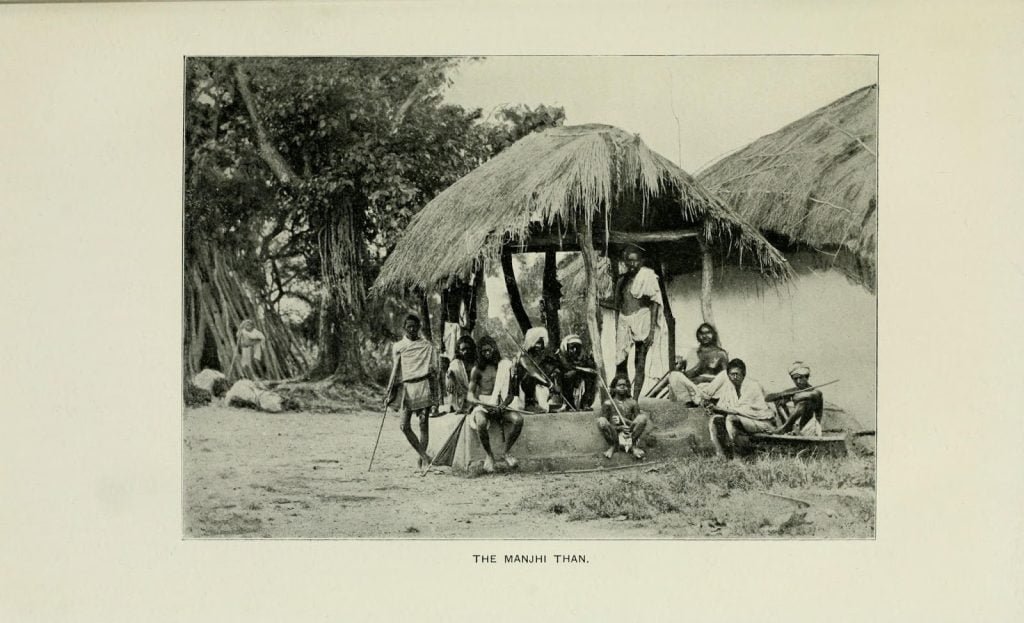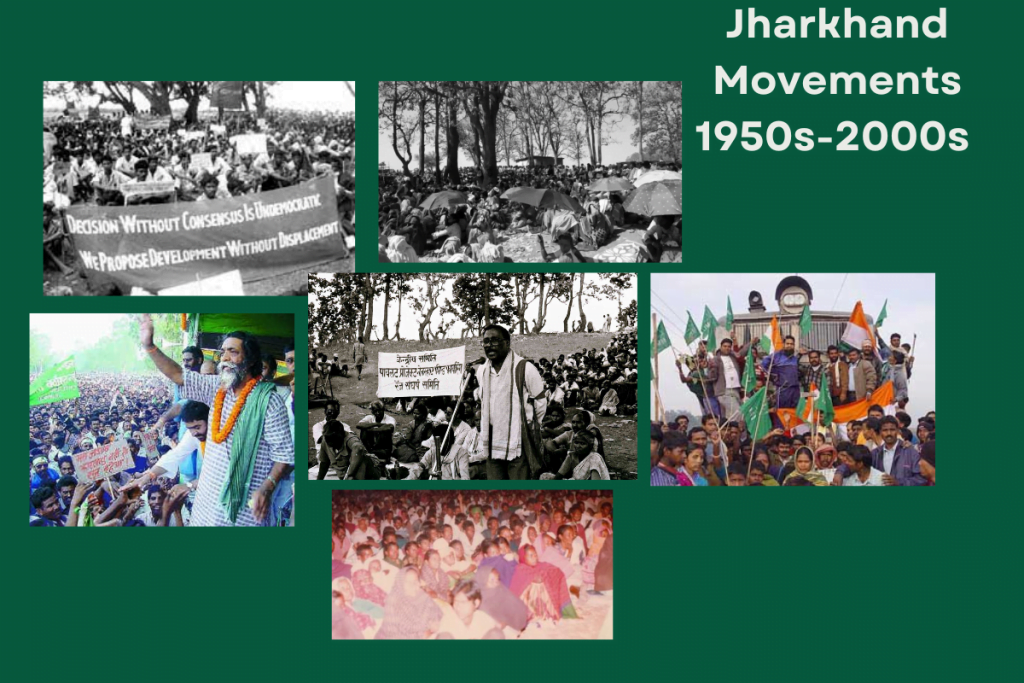Here’s the information about Jharkhand’s historic revolutions and rebellions
| Revolution/Rebellion | Time Period | Leaders/Key Figures | Objectives/Issues |
|---|---|---|---|
| Santhal Rebellion | 1855-1856 | Sidhu and Kanhu | Opposition to British colonial rule, land policies, and oppression |
| Birsa Munda’s Movement | 1899-1900 | Birsa Munda | Protection of tribal rights and traditions, resistance against British and landlords |
| Chotanagpur Unrest | 1928-1939 | Tribal leaders and activists | Securing land rights, addressing tenancy and debt bondage issues |
| Tana Bhagat Movement | 1914-1919 | Jatra Bhagat | Socio-religious reforms, non-cooperation with British authorities |
| Jharkhand Movement | 1950s-2000s | Various activists and leaders | Creation of a separate state of Jharkhand, addressing socio-economic disparities |
| Koel-Karo Movement | 1970s-1980s | Environmental and tribal rights activists | Opposition to dam construction, protection of tribal-inhabited areas |
Introduction:
Jharkhand, a state in eastern India, has a rich history of revolutions and rebellions that have played a crucial role in shaping its identity. From tribal uprisings against colonial rule to movements for land rights and tribal autonomy, these struggles have left an indelible mark on the state’s socio-political landscape. Let’s take a look at some of the most significant revolutions and rebellions in Jharkhand’s history.
Santhal Rebellion (1855-1856):

The Santhal Rebellion, led by tribal leaders Sidhu and Kanhu, was one of the earliest and most impactful uprisings against British colonial rule. The Santhals, a prominent tribal community in the region, revolted against exploitative land policies and oppressive British rule. Though ultimately suppressed by the British, the rebellion symbolized the spirit of resistance among the tribal communities.
Birsa Munda’s Movement (1899-1900):

Birsa Munda, a charismatic tribal leader, spearheaded a movement to protect the rights and traditions of the tribal communities. His rebellion aimed at countering the exploitation of tribal land and resources by the British and the local landlords. Despite his capture and subsequent death in prison, his movement inspired generations of tribal activists and leaders.
Chotanagpur Unrest (1928-1939):

The Chotanagpur region witnessed widespread unrest during this period due to the exploitation of tribal land and resources by non-tribal landlords and moneylenders. The movement sought to secure land rights for the tribal communities and address issues of tenancy and debt bondage.
Tana Bhagat Movement (1914-1919):

The Tana Bhagat Movement, led by Jatra Bhagat, emerged as a non-violent struggle against British policies and practices. It focused on socio-religious reforms, non-cooperation with the British authorities, and the promotion of indigenous traditions.
Jharkhand Movement (1950s-2000s):

The Jharkhand Movement was a prolonged struggle for the creation of a separate state of Jharkhand, with distinct cultural and ethnic identities. Activists, intellectuals, and political leaders worked tirelessly to address the socio-economic disparities faced by the region and to assert the rights of tribal communities.
Koel-Karo Movement (1970s-1980s):

The Koel-Karo movement was an environmental and tribal rights movement against the construction of dams in the tribal-inhabited areas of Koel and Karo rivers. The movement highlighted the ecological and social impact of large-scale development projects on tribal communities and their traditional way of life.
Conclusion:
Jharkhand’s history is replete with tales of resistance, resilience, and the struggle for justice. The numerous revolutions and rebellions have shaped the state’s identity and continue to inspire generations to fight for their rights and dignity. These movements stand as a testament to the indomitable spirit of the people of Jharkhand, who have consistently challenged oppressive systems and sought a better future for themselves and their communities.














